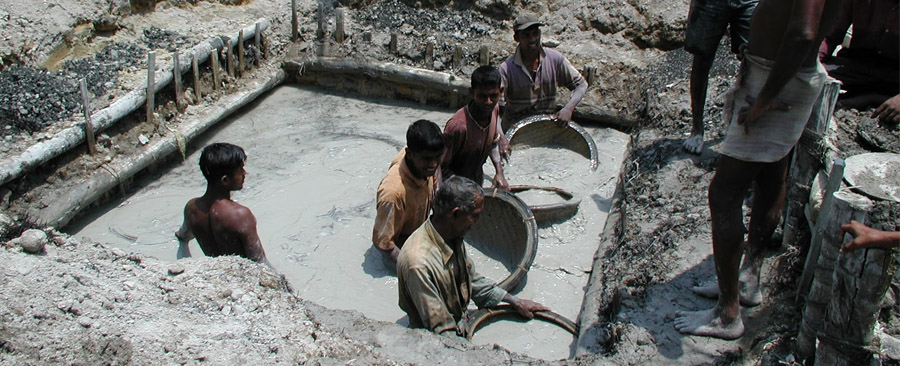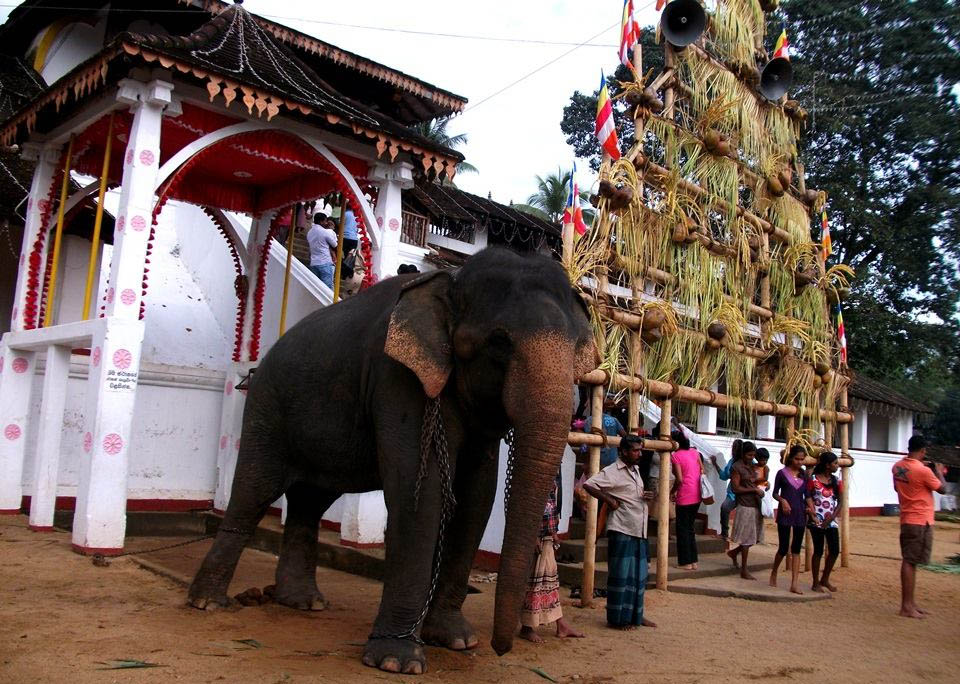Attractions Ratnapura
Ratnapura

The high rainfall (4,000 to 5,000 mm annually) at Ratnapura district in a valley (21m above sea-level) by the River Kalu Ganga Ratnapura has resulted in rich vegetation, an environment of greenery interspersed with streams and waterfalls. Ratnapura affords grand views of the surrounding countryside, in particular the famous and revered mountain, Adam’s Peak (Sri Pada). The most visited waterfalls at Ratnapura are Bopath Ella Falls at the village of Kuruvita and Katugas Ella Falls at the village of Mahawelawatta and Kirindi Ella Falls.
Ratnapurais one of the most beautifully situated towns in Ceylon, except for its climate, which is aptly compared to a Turkish bath. Still it is this hot moist temperature which makes all leaf and blossom more luxuriant in Ratnapura than anywhere else.
Ratnapura district has produced an incredible variety of gemstones, many of them outstanding in comparison with stones from other regions. Sapphire occurs in all hues of blue, as well as yellow, violet, green, pink, and the remarkable pinkish-orange “padparadsha.” Other gemstones include topaz in bright yellow with a reddish tinge; brownish yellow to cinnamon-colored grossular; orange-yellow spessartine; blood-red pyrope; red to brownish red almandine; the world’s finest zircon in a broad spectrum including brown, yellow, orange, green, and colorless (known locally as ‘Matara diamond’—a misnomer); green, yellow, and brown tourmaline; yellow, green, and brown chrysoberyl; yellow chrysoberyl cat’s-eye; the unique white translucent variety of microcline with a blue sheen known as moonstone; and great quantities of spinel in brown, green, blue, purple, violet, yellow, pink, and red. Unusual and rare stones from the same area include sillimanite, andalusite, scapolite, enstatite, kornerupine and diopside.
Ratnapura National Museum
Ratnapura National Museum is set up at the renovated building called “Ehelepola Walauva” once belonged to a minister Ehelepola of the last king of Sri Lanka. The beautiful building on Ratnapura - Colombo road was opened for the public as a museum in 1988. Among the exhibits are prehistoric archaeological inventions, geological, anthropological, zoological artifacts and models related to the Sabaragamuva Province. Portrayal of the folk life of the region including various forms of dress, ornamentation, weaponry, musical instruments is an important aspect of the museum.
Ratnapura Gemological Museum
The gemological Museum at Ratnapura houses an array of fabulous samples of precious and semi-precious gems: rubies; sapphires; amethyst. Among the other exhibits are the images, artefacts and tools that elaborate the history and the processes of the industry. The museum features a souvenir shop and a restaurant.
Ratnapura Maha Saman Devale

Anuradhapura
Arugam Bay
Adam's Peak
Batticaloa
Bentota
Beruwela
Bundala National Park
Colombo
Dambulla
Ella
Galle
Hikkaduwa
Horton Plains
Jaffna
Kalkuda & Passekudah
Kandy
Kithulgala
Knuckles Range
Mannar
Mahiyangana & Dambana
Matara & Tangalle
Negombo
Trincomalee & Nilaveli
Nuwara Eliya
Pinnawala
Polonnaruwa
Ratnapura
Sigiriya
Sinharaja Rain Forest
Wilpattu National Park
Yala National Park
Yapahuwa
Udawalawe National Park


